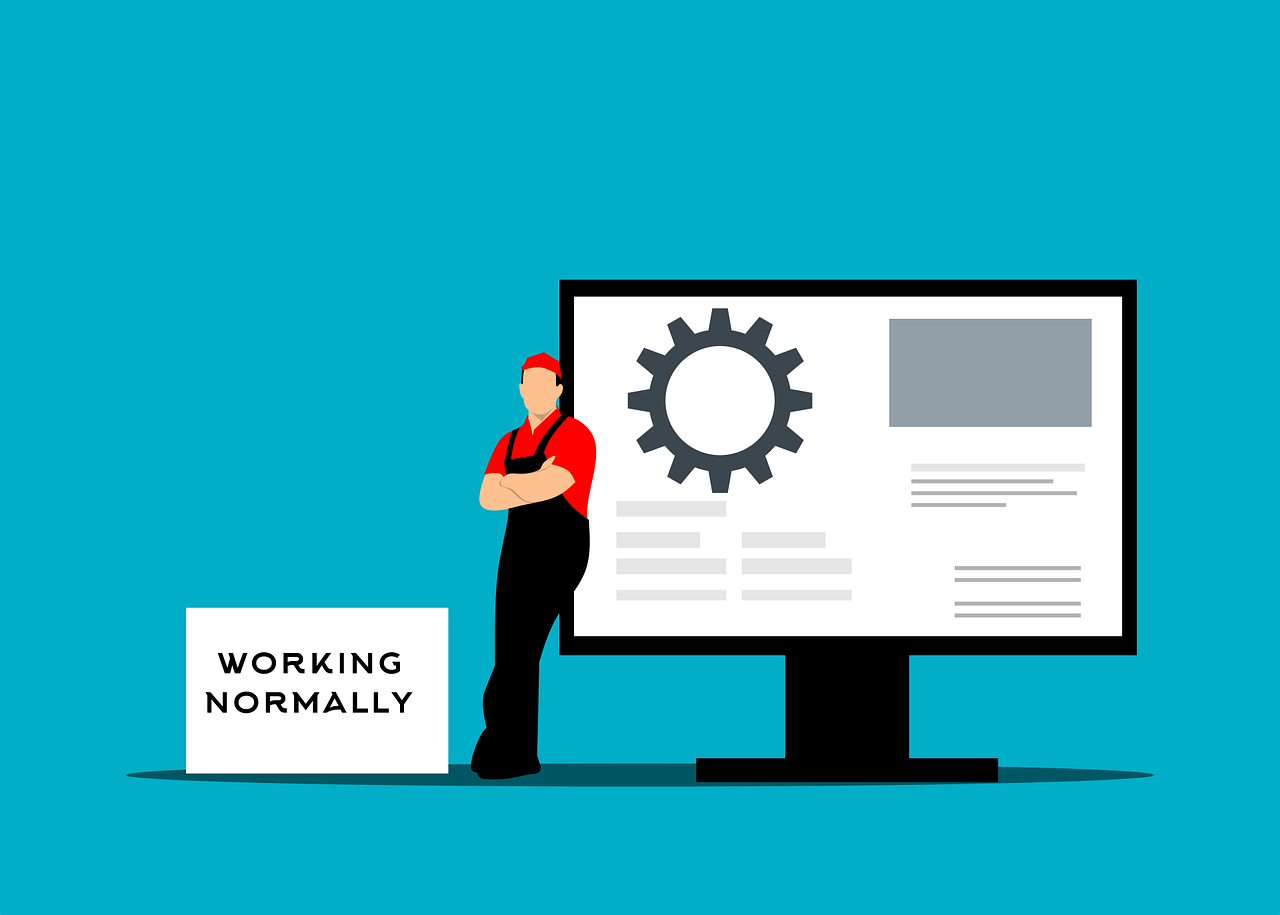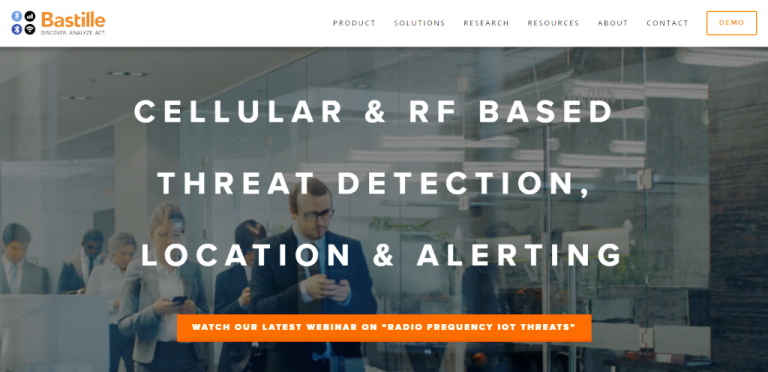Are you looking for password management software? This post will show you how to choose the best password manager.
Organizations and private users widely accept the use of a password manager. Password managers are very important. Due to the complexity of the management of passwords, individuals and companies have adopted password managers to secure passwords and comply with standard password hygiene.
There are a lot of password managers out there, whether cloud-based or self-hosted password managers like Password. How do you make a perfect choice? Given a wide array of providers, there is a need to understand the features of a standard password manager. This would help you avoid paying for software that would leak your passwords.
What are the features to look out for in a password manager? This article is dedicated to providing a comprehensive answer to this question.
There are some standard features a good password management software must have. You must look out for these features before committing your credit card.
READ ALSO: Best Password Manager According To Reddit Users
Let’s delve in!
Table of Contents
Features To Look Out For In A Good Password Manager
1. Encryption
The essence of using password managers is to have secure passwords. Encryption is what ensures that. This is one of the significant features to look out for. You have to ascertain how reliable the encryption of a password manager is.
Reliable password management software should have advanced encryption/military-grade encryption. This is because hackers are relentlessly working to crack such applications.
READ ALSO: Full Review of RememBear – A Reliable Password Manager Application
2. Ease of Use
In as much as password management applications have robust technology, they should not be difficult to use. Today, an average user has a lot of accounts to access. So, retrieving login credentials should be hassle-free.
This should also apply to organizations’ password managers. Making the software available to the employees ought to be simple and effective.
Ensuring ease of use will always boost user experience, which is one of the reasons people opt for password management solutions. No one wants to go through the trouble of having to memorize passwords.
Choosing a password manager empowers you to take control of your online security. You can find the perfect tool to manage your passwords securely by considering your needs.
3. Is the Vendor Verified?
This software as a service is very sensitive. They help you keep credentials that are used to access accounts. Considering this, you wouldn’t want to hand over your login information or your organization’s account information to any random password management software vendor.
You must have to understand the legitimacy of such a company. Consider the country where the vendor operates, government regulations, company policies, and history.
All of these are to ensure you are doing business with a legitimate software company committed to securing your data. Remember, we are talking about passwords here. You’ve got to be careful with the password management application you use.
4. Ability to Generate Strong Passwords
This is one of the significant characteristics a password manager should hold. It doesn’t stop at generating passwords; there should be additional features such as determining the length of a password, choosing the types of characters, and some other set of filters that give users control over the software.
5. Auto-fill Feature
Would you enjoy opening a password manager whenever you want to access your accounts? What if a password manager could autofill login pages for you? I know you would prefer your manager to do this recurring task. After all, who doesn’t like convenience?
Any password management software that lacks this feature is somewhat behind. Contemporary password managers are built to fill in login forms automatically.
READ ALSO: Full Review of 1Password – Reliable Password Manager
6. Password Audit
A reliable password manager should be able to audit and regulate user’s password habits. A good password manager examines the strength of passwords and how often the user uses them and makes suggestions to the users regarding needful changes.
Here are the things a comprehensive password audit should cover:
- Password strength
- Reuse of passwords across accounts
- When to change passwords
7. Responsive Support
Every SaaS company ought to have responsive support. The need to fix something as urgent as possible would always arise. Before settling with a provider, ensure the support platform is responsive.
8. Specialized Package for Businesses
Businesses require more control when using a password manager. This calls for advanced features that allow the IT department to regulate and manage employees’ accounts.
Before you choose a password manager for your business, make sure it offers a friendly interface and features that make it easy to manage the password habits of your employees.
9. Additional Features
What if you can do more with your password manager than generate and keep passwords? Some applications have additional features that allow you to make and save notes, upload files, and keep other sensitive things besides passwords.
READ ALSO: Full Review of RoboForm – Secure Password Manager
Some password managers work as browsers as well. In this case, it helps users to browse securely. So, if you are interested in some other additional features, make sure the service you are considering has them before committing your money.
Today, password managers are not just for keeping passwords only. Look out for a multi-faceted manager.
READ ALSO: The Pros And Cons Of Outsourcing Your Cybersecurity Audit
How To Choose The Best Password Manager: Frequently Asked Questions
Selecting the perfect password manager can feel overwhelming. Here are some FAQs to help you navigate the options and find the best fit for your needs:
How do you choose a password manager?
Consider these factors when choosing a password manager:
- Security: This is paramount. Look for a manager with robust encryption (AES-256 is a common standard) and multi-factor authentication (MFA) to protect your passwords.
- Features: Do you need password-sharing capabilities, secure storage for notes or documents, or automatic password generation? Identify the features that are important to you.
- Cross-platform compatibility: Ensure the password manager works seamlessly across all your devices (desktop, mobile, browser).
- Ease of use: A user-friendly interface makes managing passwords less of a chore. Consider how intuitive the password manager is for you.
- Price: Free and paid options exist. Paid plans often offer additional features and storage space.
Which password manager is best for me?
There’s no single “best” password manager. Different options cater to specific needs. Reviewing and comparing features across popular choices like LastPass, 1Password, Bitwarden, Dashlane, and Keeper can help you decide.
What password manager should I switch to?
If you’re unhappy with your current password manager, consider the factors mentioned above (security, features, etc.) Many password managers offer easy import/export functions to transfer your existing passwords securely.
What is a good password manager for Android?
Popular password managers like those mentioned offer Android apps alongside desktop and browser extensions. When choosing, consider features relevant to mobile use, such as fingerprint unlock or autofill functionality within Android apps.
Are all password managers the same?
Password managers differ in features, pricing models, and even underlying security architecture. Some prioritize ease of use, while others offer advanced features for security-conscious users. Evaluating your needs will help you choose the most suitable option.
What are the three basic types of password manager?
There isn’t a universally agreed-upon categorization into three distinct types. However, password managers can be broadly classified based on storage location:
- Local-only password managers: These store passwords encrypted on your device and don’t require cloud storage.
- Cloud-based password managers: These store your passwords on encrypted cloud servers, accessible from any device. Convenience comes with some trust considerations, as you rely on the provider’s security measures.
- Zero-knowledge password managers: This is a subcategory within cloud-based managers. The company never actually sees your passwords in plain text. They only store encrypted data that you can decrypt with your master password.
Rounding Up
Hopefully, you can now choose the best password manager for your use.
The password management software you settle for determines the safety of your credentials. Not every vendor is good for you. I’ve furnished you with some features you must look out for before you bring out your credit card.
Another vital thing to do is to look out for reviews. Ask your colleagues to recommend products for you. This approach would help you make a fantastic choice. There is no adequate substitution for comprehensive product research. Make sure you do extensive research before making a final decision.
Note: This was initially published in August 2020, but has been updated for freshness and accuracy.
RELATED POSTS
- 7 Best Password Managers
- How To Secure And Protect A Website [We Asked 38 Experts]
- The Must Dos And Don’ts For Protecting Your Password And Personal Data
- 14 Best Protection Tools Against Hackers [100% WORKING]
- How To Generate Strong Passwords With SecureBlitz Password Generator
- A Step-by-Step Guide To Website Development
- 10 Confidential Tips for Selecting a Password Manager
- 5 Ways To Improve The Security Of Your Magento eCommerce Store



























